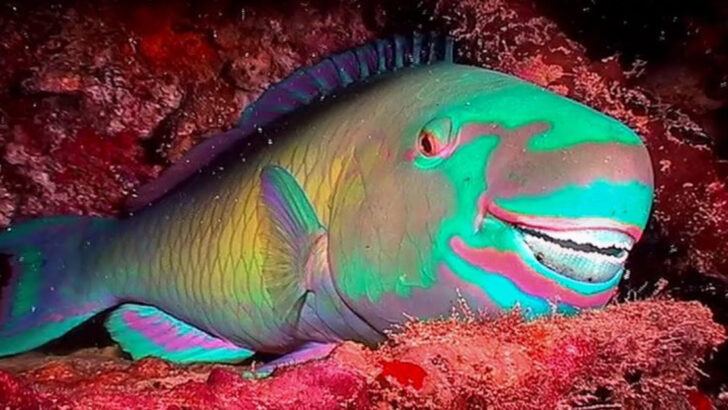Parrotfish poop makes white sandy beaches.
Yeah, you read that right. That dreamy tropical sand you sink your toes into? A big chunk of it came out the back end of a fish with a beak.
But don’t let that gross you out—parrotfish are some of the most mind-blowing creatures in the ocean. They change colors, switch genders, and even sleep in a slime bubble. Yes, a slime bubble.
They’re not just pretty faces cruising the reef. These fish are reef builders, coral caretakers, and beach creators with a wild list of tricks up their fins.
Ready to have your mind blown by a fish?
Let’s dive into 11 jaw-dropping facts about parrotfish that will leave you staring at the ocean a little differently.
Sand-Makers of the Sea
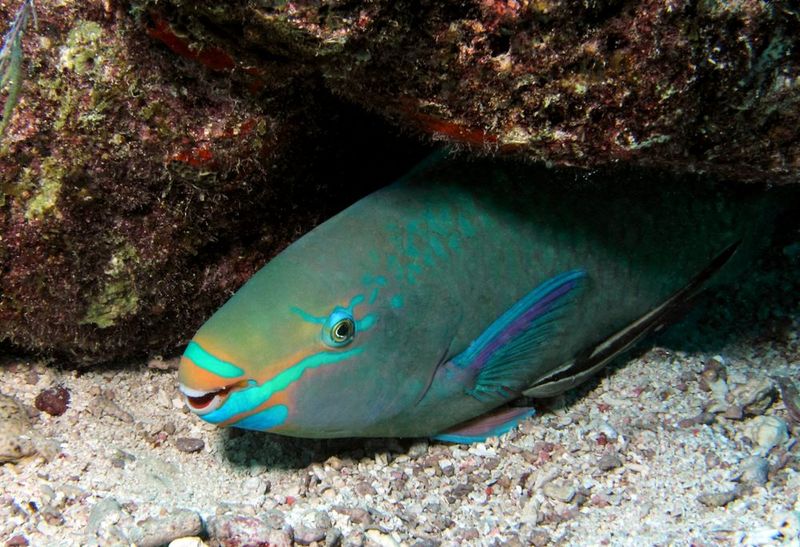
Astonishingly, parrotfish are responsible for creating much of the sandy beaches we enjoy. By gnawing on coral with their beak-like teeth, they grind it into fine sand, which they excrete.
In a single year, a large parrotfish can produce up to 1 ton of sand. This natural process is crucial for the health of coral reefs and surrounding ecosystems.
Just envision the white sands of tropical beaches; many of them are the handiwork of these industrious fish. Without their constant munching, the delicate balance of marine habitats could shift dramatically.
Vibrant Color Chameleons
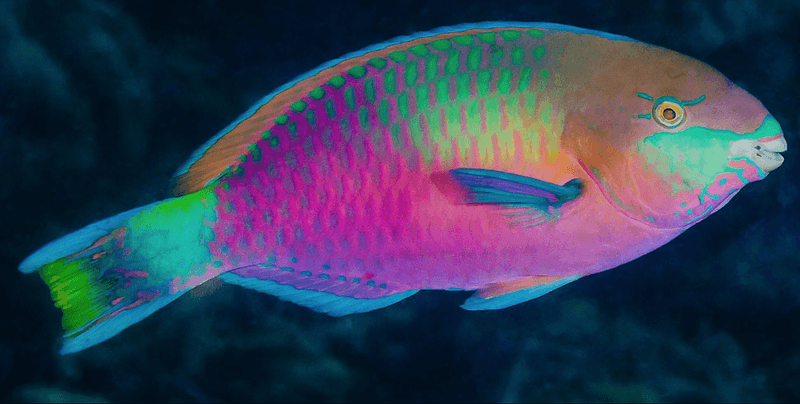
Parrotfish are renowned for their dazzling colors, ranging from electric blues to vivid pinks. These colors aren’t just for show; they play a vital role in communication and mating.
Each parrotfish can change its hue, much like a chameleon, to convey mood or attract mates. This color shifting is both a form of expression and survival.
When threatened, a sudden burst of color can confuse predators. The dynamic color palette of parrotfish adds an extra dimension to their underwater dances, making them a sight to behold.
Teeth Like a Beak
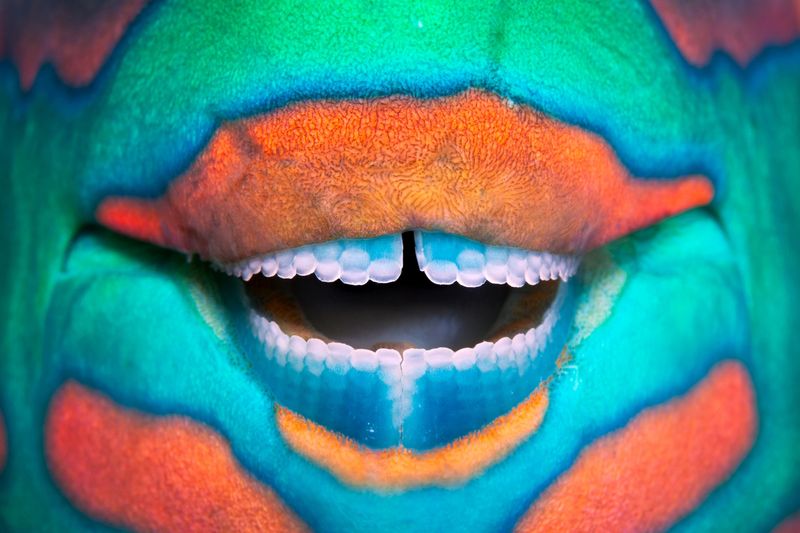
The parrotfish’s teeth are a marvel of nature, forming a robust beak that allows them to crush coral with ease. Unlike most fish, their teeth continuously grow to replace those worn down by constant grinding.
This powerful beak is composed of tightly packed dental plates, enabling them to bite through even the toughest corals.
This unique adaptation not only aids in their diet but also contributes to the reef’s resilience. It’s a stunning example of evolutionary innovation at work, ensuring these fish thrive in their challenging environment.
Nighttime Cocoon Builders
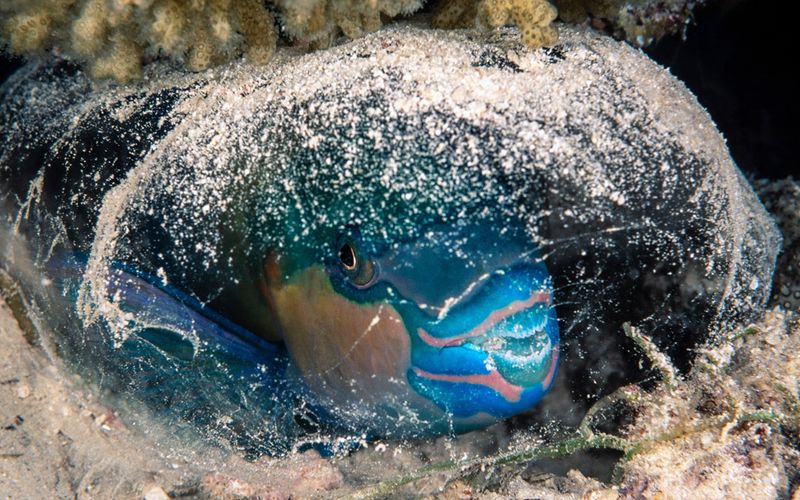
At night, parrotfish exhibit a remarkable behavior by secreting a mucous cocoon that envelops their body.
This protective blanket serves to mask their scent from nocturnal predators like moray eels. It’s an ingenious way of ensuring a safe slumber in the open waters. As dawn breaks, they shed this cocoon, leaving no trace behind.
This nightly ritual is a testament to their adaptability and resourcefulness in the wild. Such a strategy demonstrates the parrotfish’s cleverness in navigating the perils of their underwater world.
The Role of Gender Switching
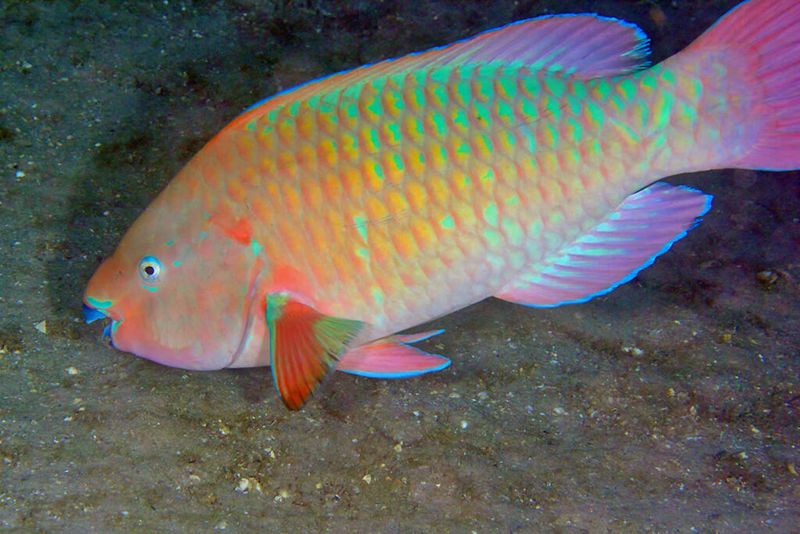
In the world of parrotfish, gender is fluid, with many species capable of changing sex during their lifetime. This transformation, known as sequential hermaphroditism, allows them to adapt to social dynamics within their schools.
A dominant female can become male if there’s a need for a new leader. This gender flexibility is vital for maintaining the group’s harmony and supporting reproductive success.
Such a capability highlights nature’s creativity in ensuring survival. This rare trait underscores parrotfish’s unique position in the aquatic hierarchy.
Vital Coral Reef Custodians
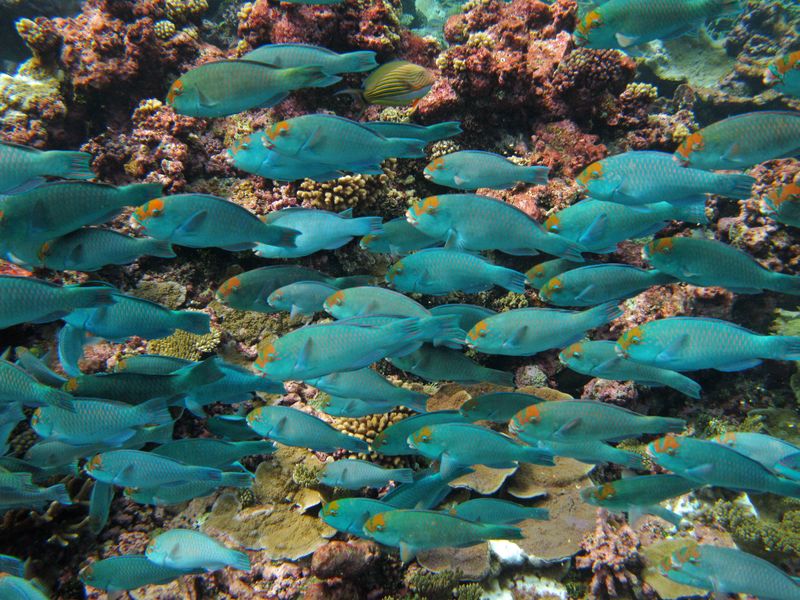
Parrotfish play an indispensable role in maintaining coral reef health. By grazing on algae that smother corals, they prevent these reefs from becoming overgrown and suffocated.
Their feeding activity keeps algae in check, allowing corals to thrive. A healthy reef supports a diverse array of marine life, from tiny invertebrates to large predators. Thus, the parrotfish’s daily grazing is a cornerstone of this underwater ecosystem.
Their diligent work as underwater gardeners fosters biodiversity and resilience in these vibrant marine habitats.
The Secret Language of Sounds
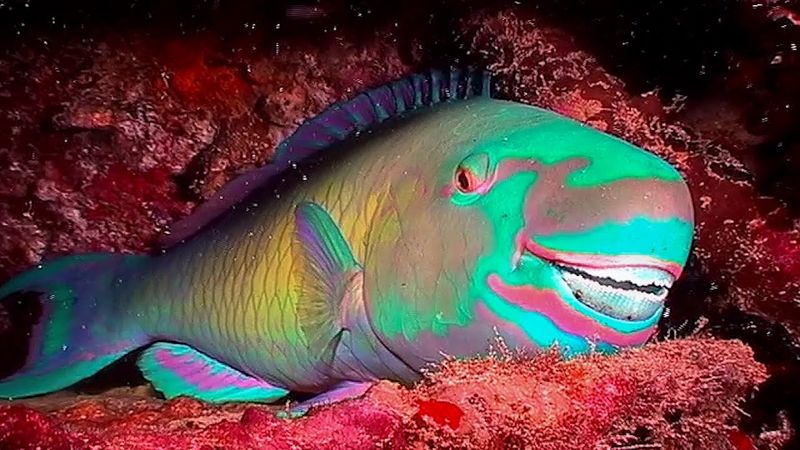
Parrotfish are not silent inhabitants of the sea; they communicate using a variety of sounds. These noises can include clicks, grunts, and other acoustic signals used to establish territory or warn of danger.
Sound plays a critical role in their interactions, adding another layer to their complex social structures. By listening closely, scientists can gain insights into parrotfish behavior and their role in the reef community.
This acoustic communication is an intriguing aspect of their life, often overlooked by casual observers.
Impressive Lifespan
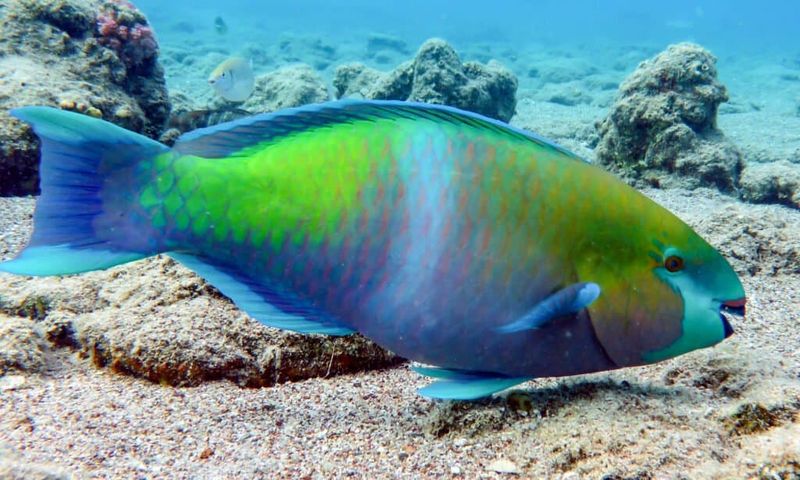
Parrotfish can live up to 20 years, a longevity that is relatively rare among reef fish. This extended lifespan allows them to play a sustained role in their ecosystems, contributing to the continuity of coral health.
As they age, parrotfish may undergo changes in color and behavior, reflecting their life stage and status. Their resilience and longevity make them essential players in the lifecycle of reef environments.
By living longer, they help maintain the stability and health of the community, supporting a diverse marine population.
Unique Pooping Habits
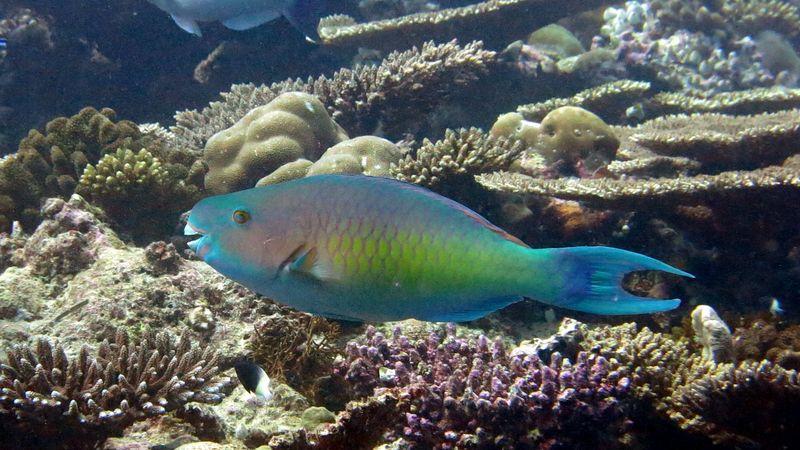
Believe it or not, parrotfish are known for their peculiar pooping habits, playing a significant role in sand creation.
Their digestive process turns hard coral into fine sand, releasing it back into the environment. This constant cycle of consuming and excreting coral is vital for sandy beach formation and nutrient cycling within reefs.
It’s a fascinating example of how even the most basic biological functions can have a profound impact on the environment. Such ecological contributions underscore their importance in marine ecosystems.
Diet Diversity
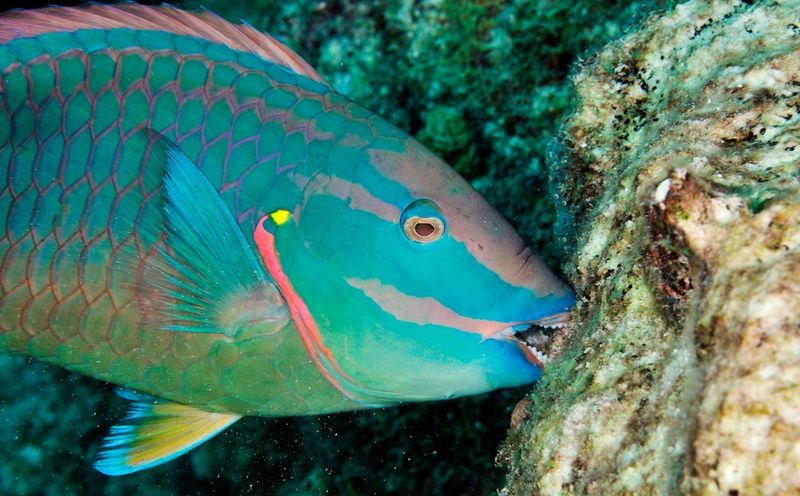
The diet of parrotfish is as diverse as their colors, including algae, coral polyps, and even seagrass. This varied diet allows them to adapt to different environmental conditions and resource availability.
By consuming algae, they play a crucial role in preventing algal overgrowth on reefs, supporting coral health. Such dietary flexibility ensures their survival across diverse marine habitats, contributing to their widespread distribution.
Their eating habits are a key factor in the ecological balance of coral reefs, showcasing their adaptability and importance.
Reef Builders
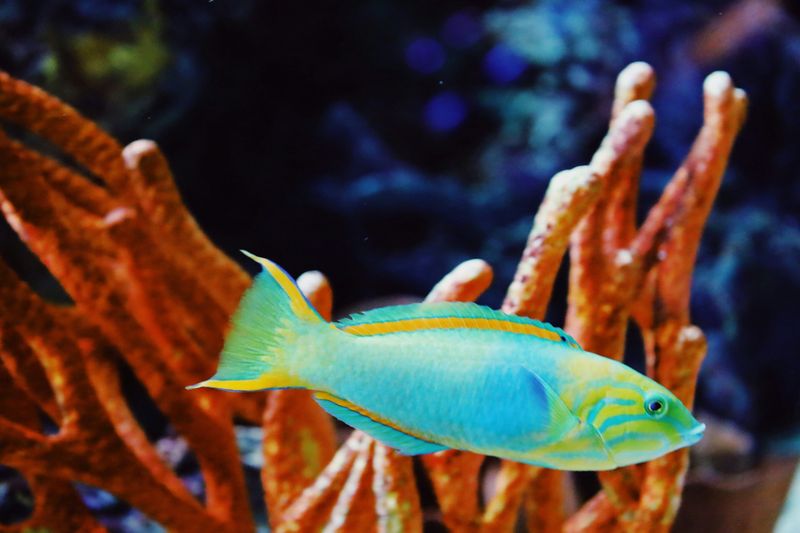
Parrotfish are often dubbed as ‘reef builders’ due to their constant coral munching, which rejuvenates coral growth. By feeding on dead coral and algae, they create space for new corals to flourish.
This relentless grazing helps sustain the delicate balance of the reef ecosystem. The presence of parrotfish is a strong indicator of a healthy reef, as their activity is crucial for coral regeneration.
Their role as natural architects highlights the intricate connections within marine habitats, emphasizing the importance of biodiversity in maintaining ecological stability.

